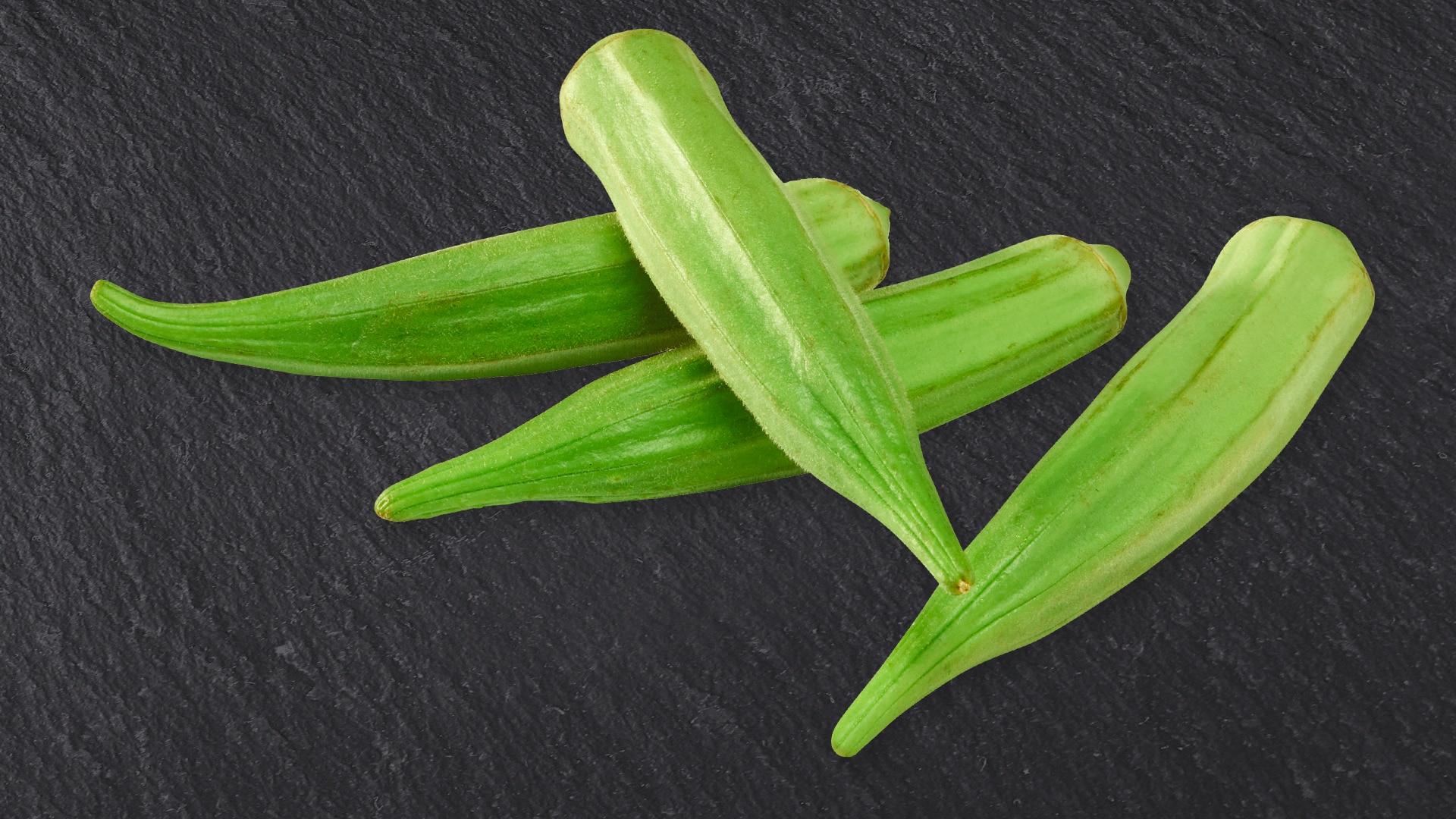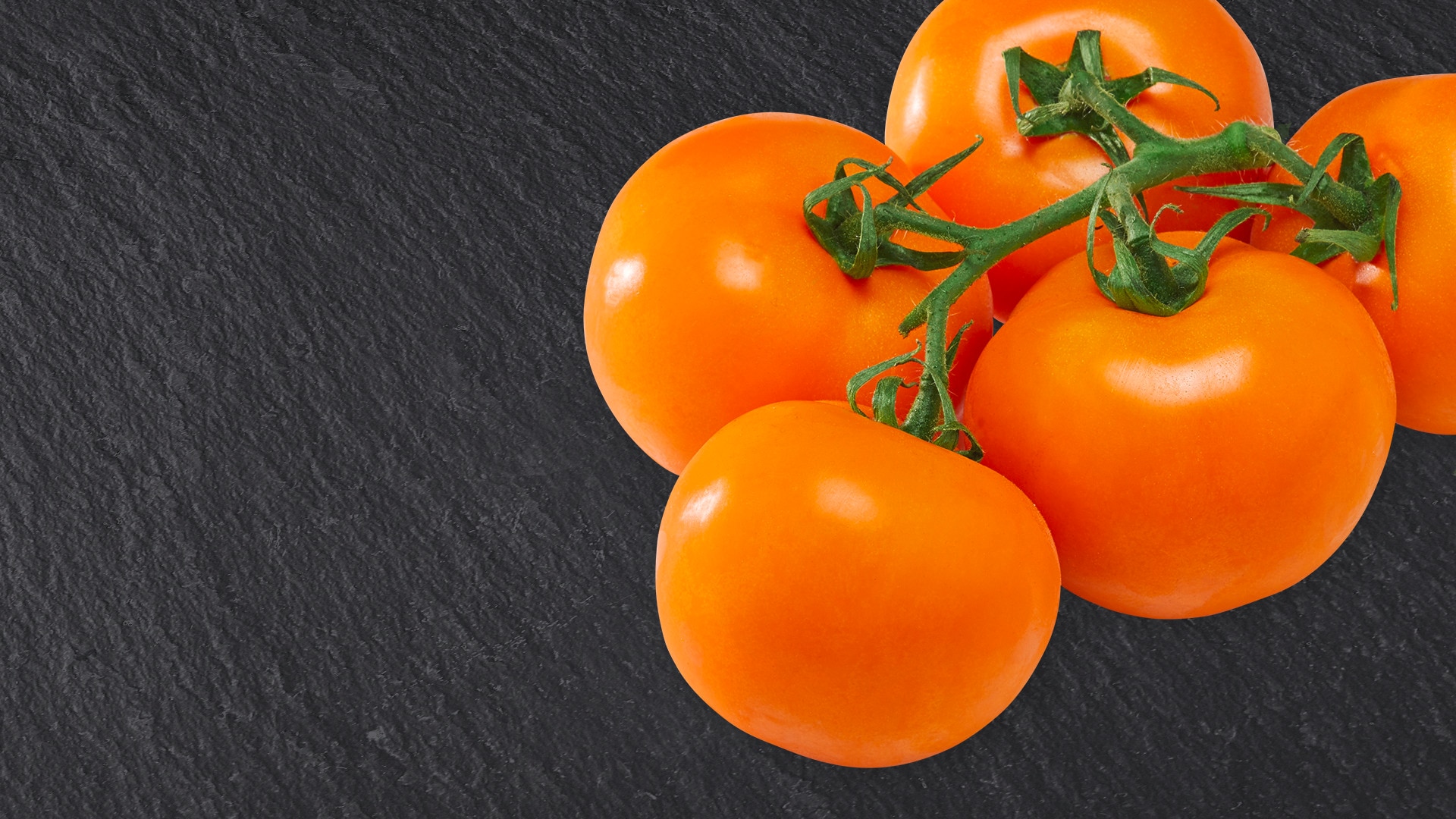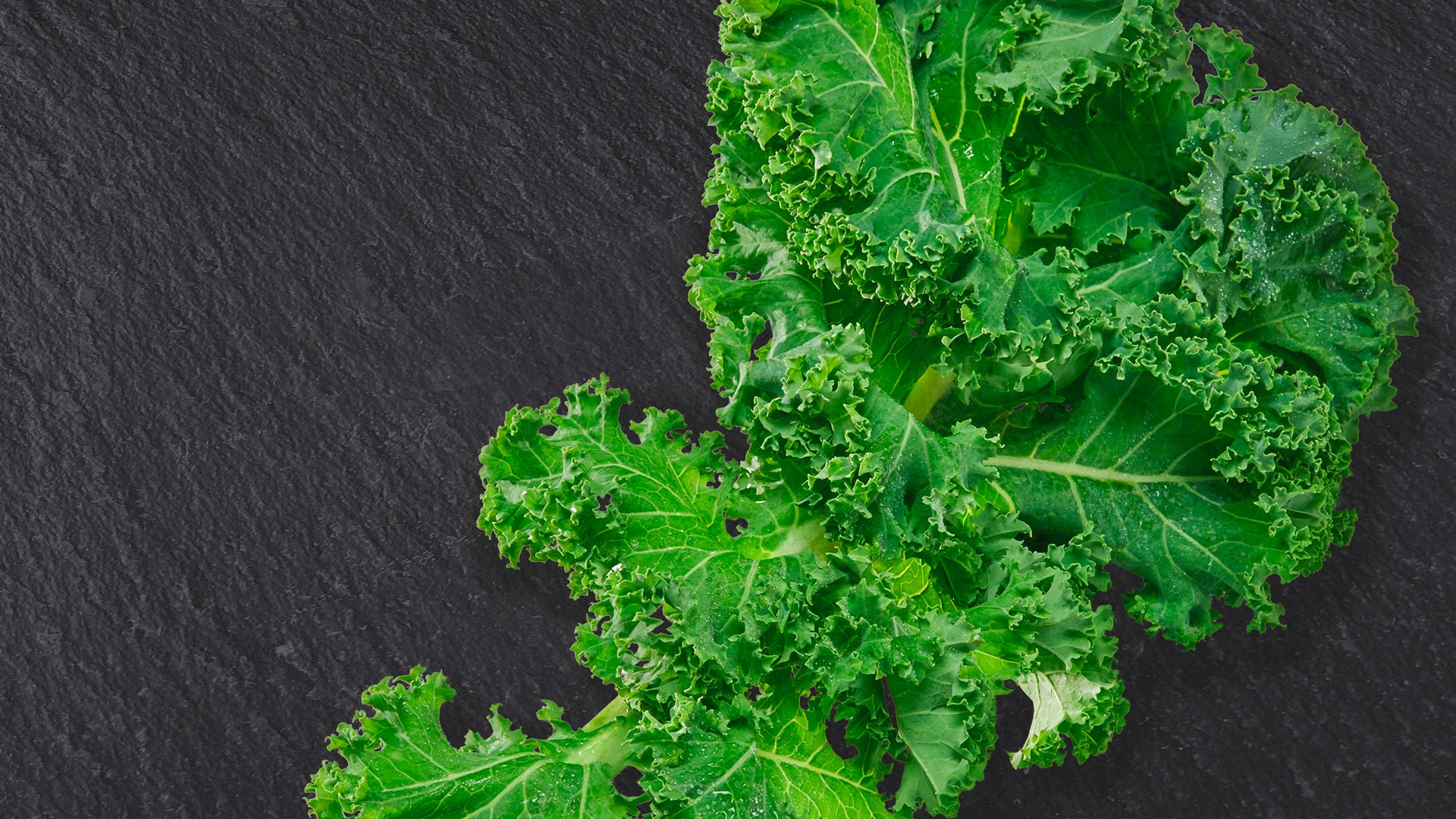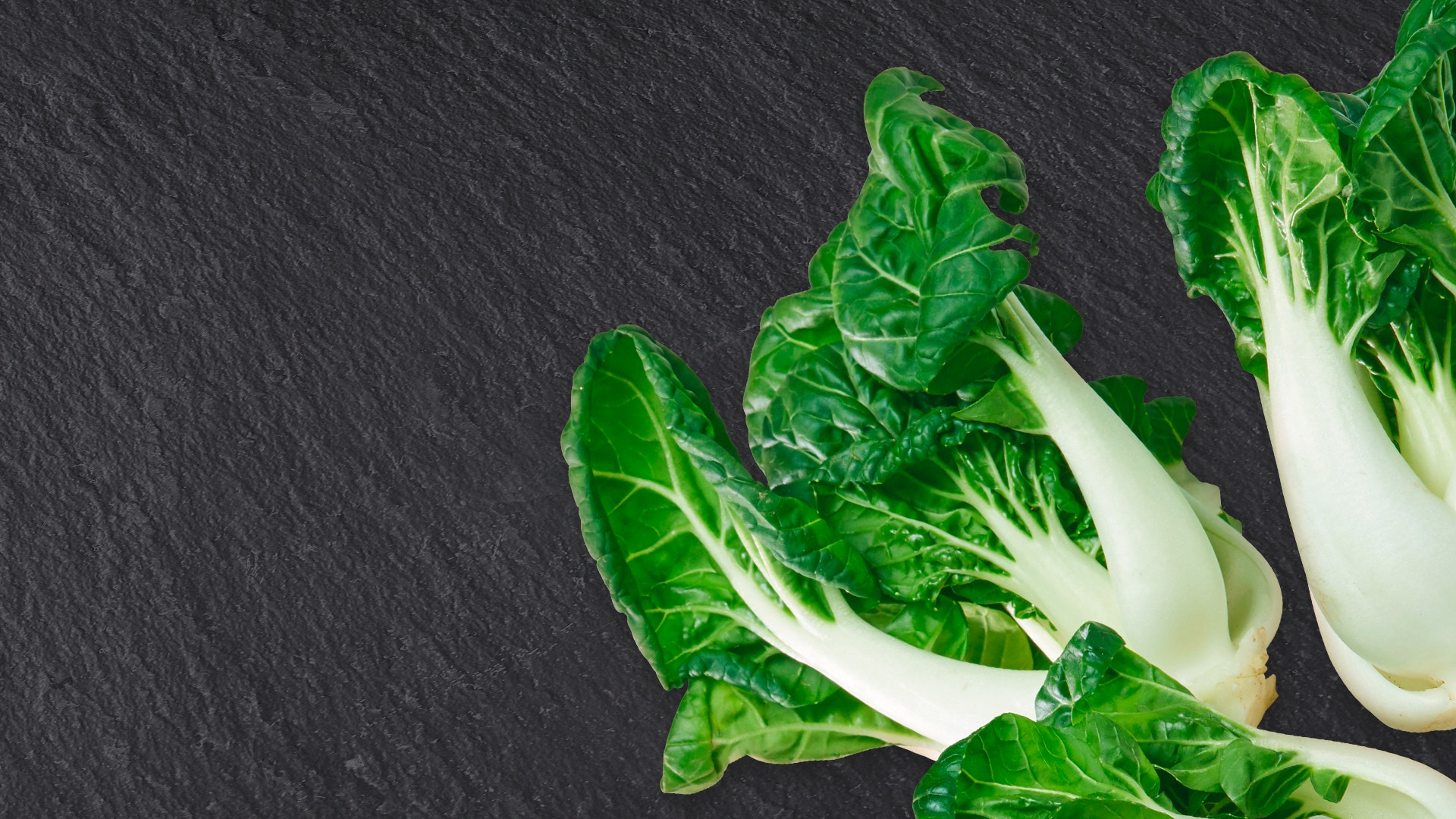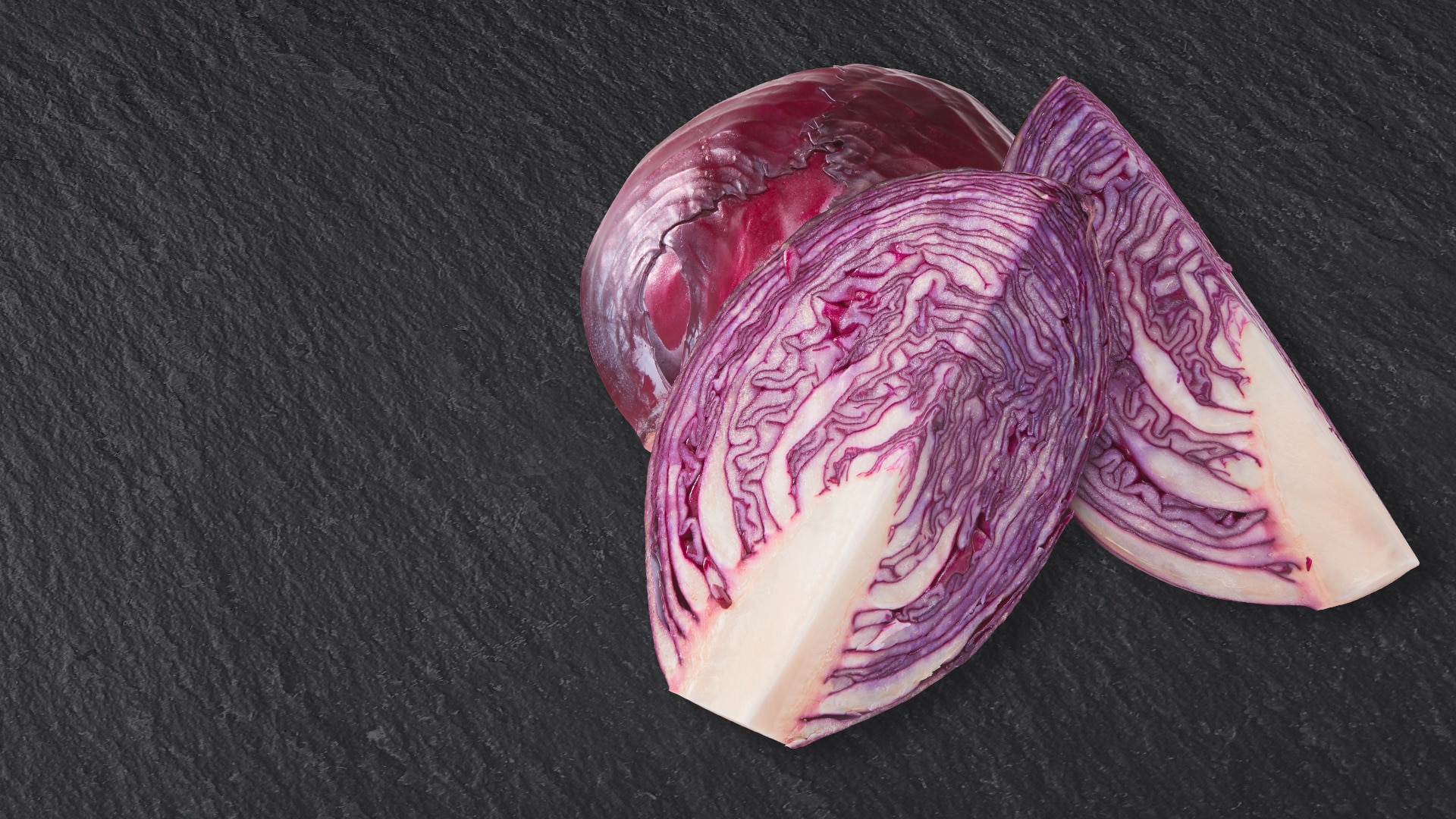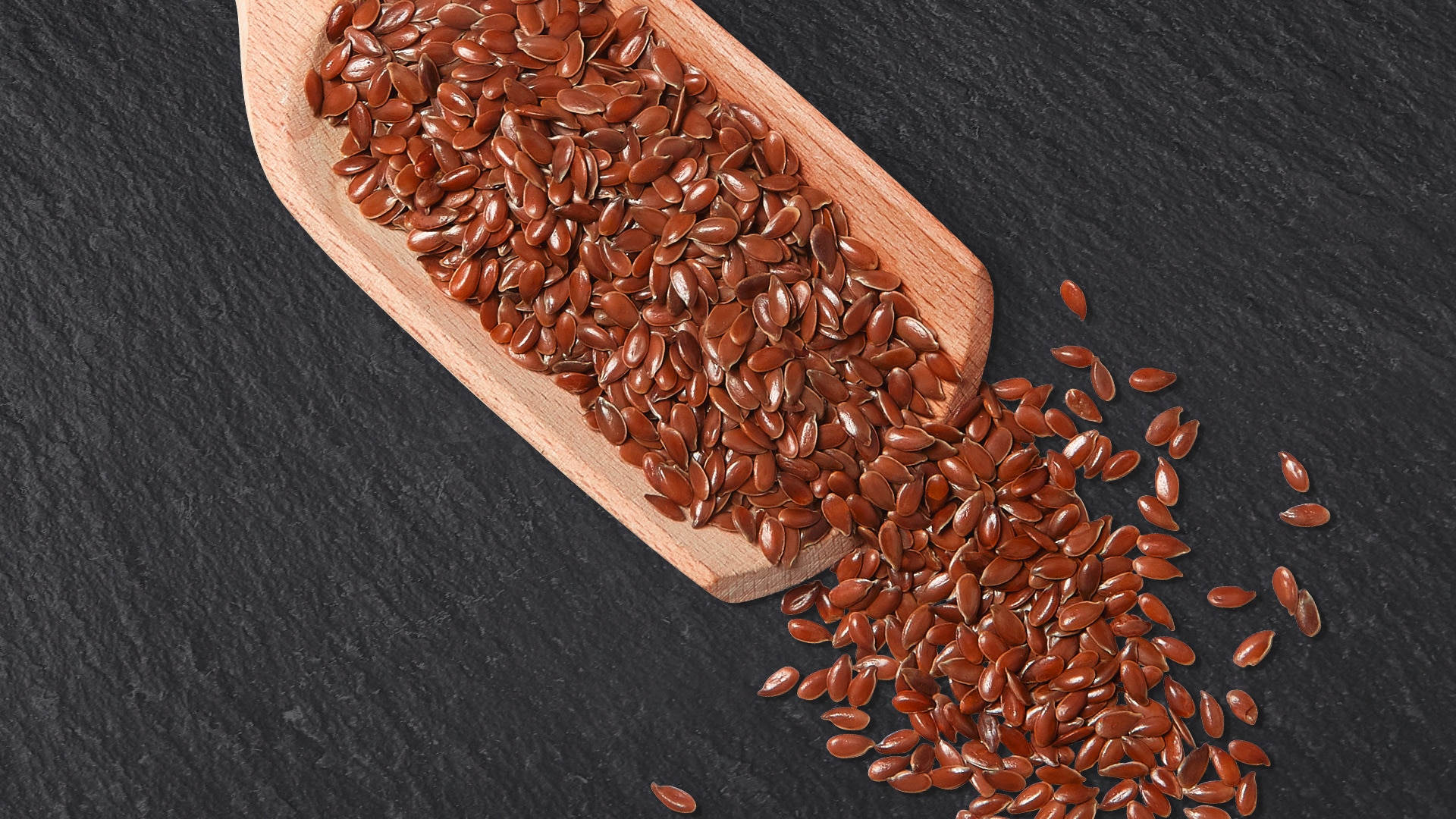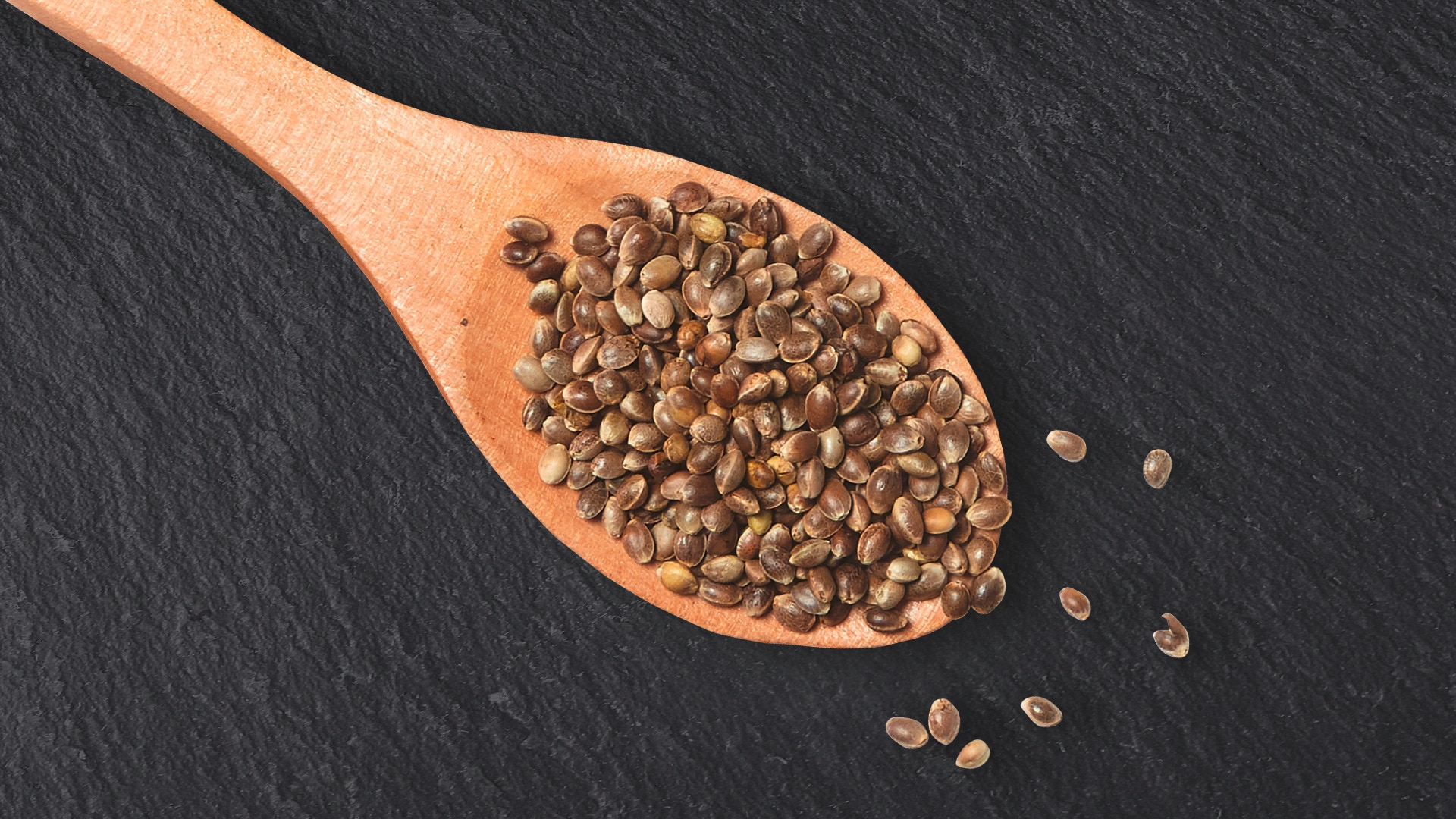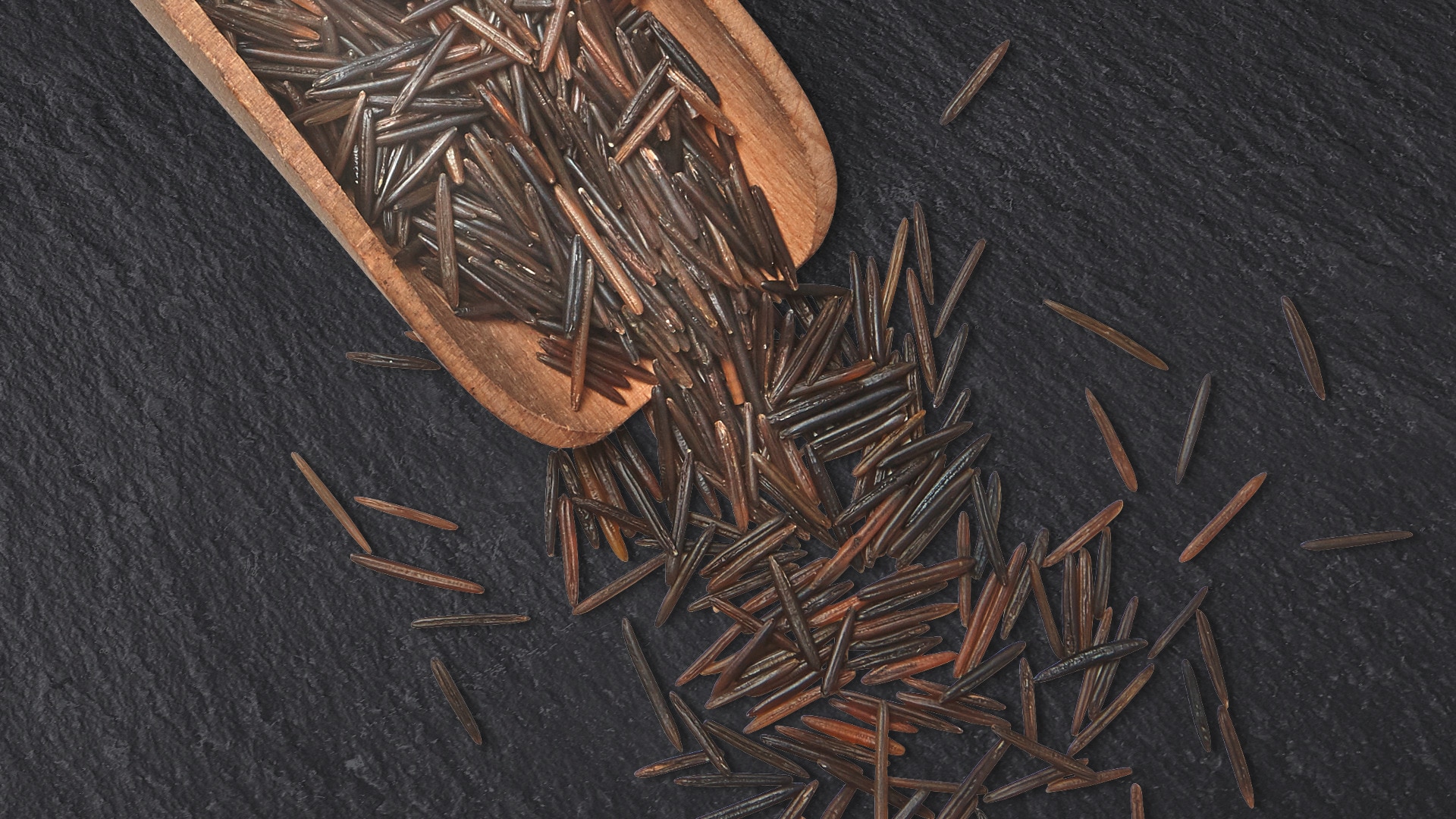
This so-called ‘rice’ isn’t a rice at all. Wild rice is the seed of a semi-aquatic grass that grows wild in North American lakes and rivers. Long and thin, the seeds are covered in green, brown or black husks. After harvesting, the husk is dried then hulled. Often mixed with brown and white rice, wild rice is not commercially grown and, therefore, supply is scarce in many parts of the world.
Deliciously nutty, toasty and earthy with a chewy texture, wild rice is easy to digest and is a source of a variety of valuable minerals. Compared with white rice, wild rice contains more protein, zinc and iron Like rice, it is boiled in water or stock. It can also be popped like corn for a colourful and more nutritious version of popcorn, is great mixed with other grains, added to salads, soups and mixed with other grains and vegetables to make vegetarian burgers.

